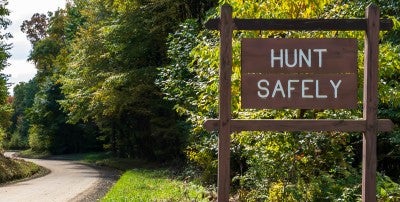Hypothermia is possible even if the temperatures don’t seem that cold. Average body temperature is 98.6, and you can become hypothermic if your body temperature drops to just 95. Hypothermia can lead to heart and respiratory system failure and can be fatal.
When you start to shiver, it’s time to make the move to a warmer place, such as your hunting cabin or vehicle. Some hunters will start to walk to warm up, but Dr. Roth says if the shivering doesn’t stop, you need to get quickly to a warmer place.
When you get cold, you tend to urinate more and that can dehydrate you. Continued exposure to cold temperatures can bring confusion, even to a hunter who is familiar with their surroundings. Dr. Roth says making a move early is key. “If you keep standing where you are, it’s going to get worse,” he says.
Frostbite also is possible in cold conditions. Dr. Roth says if extremities such as fingers and toes start to tingle and are painful, it’s time to get out of the woods and warm up. If you become wet for some reason, Dr. Roth says to get the wet clothing off and insulate the affected area with dry clothes or a blanket. Affected fingers or toes can be placed in warm water to help with recovery, but he says don’t rub the extremities. Once color returns to the skin, dry the area and elevate it. Above all, Dr. Roth says, don’t let the affected area get exposed to cold again.
If you experienced true frostbite, Dr. Roth says blisters will appear.
Anyone experiencing suspected hypothermia or frostbite should go to the nearest hospital to be examined.
“Pennsylvania sells more than 850,000 hunting licenses each year, and we want everyone who goes afield to get back home safe and sound,” Dr. Roth says. “That means planning ahead and being prepared. Pay attention to the signals your body is giving you.”



